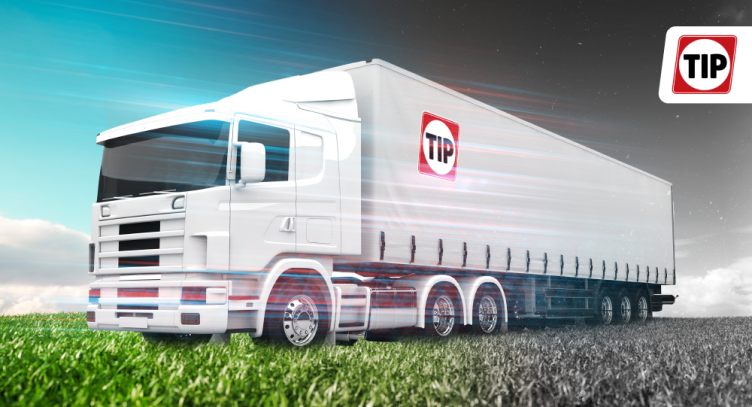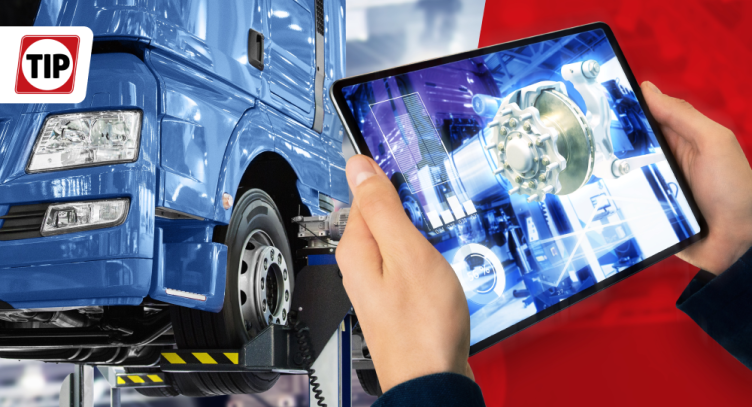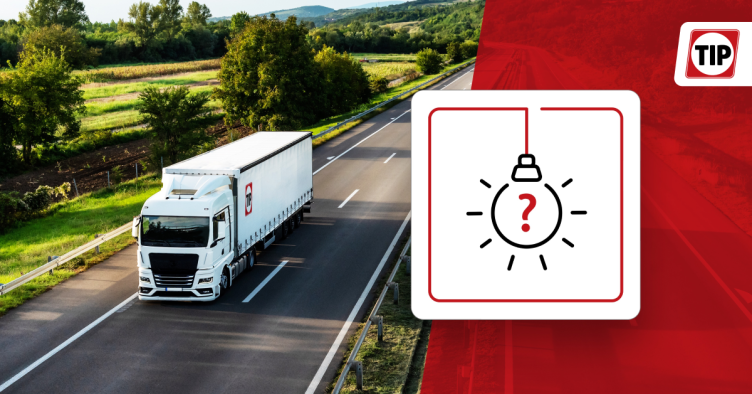How Used Trucks and Trailers Drive Sustainability
As there is growing pressure on the global supply chain to reduce its carbon emissions and adopt more sustainable practices, logistic companies are having to balance supply demands with green initiatives.
How can you reduce your carbon footprint while still remaining profitable?
Let’s take a look at the current state of road freight logistics, the environmental impact of vehicle manufacturing, and how second-hand vehicles can deliver profit and sustainability.

Road freight emissions
The global transport sector is one of the most remarkable contributors to global greenhouse gas emissions - produced roughly 7.2 billion metric tons of CO2 in 2020. While pandemic logistics restrictions saw a sharp decrease in movement, transport sector emissions rebounded to historical highs in 2021, growing by 8% to reach 7.7 billion metric tons.
Road freight emissions from heavy-duty vehicles (curtainsiders, lowboys, etc.) and light commercial vehicles (dry vans, pickup trucks, etc.) contributed 9%. While this is a comparatively low percentage – especially considering the global value of supply chains and logistics – there are two things the industry can do to reduce emissions further: technology adoption and second-hand equipment.
The cost of manufacturing new vehicles
On average, approximately 18.6 tonnes of CO2 are emitted during the manufacturing process of a new curtainsider. Additionally, there are a number of pollutants released when creating the materials used to make a vehicle (metals, rubbers, plastics, etc.), including the emissions generated transporting them to factories – and finally transporting the finished product to showrooms both locally and internationally.
These numbers are expected to be higher when producing light commercial vehicles (LCVs) and heavy-duty vehicles (HDVs) due to more materials needed.
New truck lifespan
A recent lifecycle assessment of heavy-duty vehicles (HDVs) conducted by Scania reports that the average lifetime of light commercial vehicles (LCVs) and HDVs is approximately 11 years. This means that a new cycle of greenhouse gas (GHG) emissions from manufacturing is both ongoing and repeats every decade.
Naturally, the lower demand for manufacturing new trucks will result in lower emissions which is why many businesses prefer to purchase vehicles from the second-hand market.
How second-hand trucks and trailers drive sustainability
If you are unable to afford electric trucks and/or trailers, then buying second-hand is one of the best ways to ensure sustainability.
By reusing existing vehicles, you can reduce carbon emissions significantly as it lowers the demand for new vehicles to be manufactured and eliminates the associated pollutants required for manufacturing.
High-quality second-hand trucks and trailers are more affordable than new ones – and deliver the same performance if well-maintained. The affordability-to-performance ratio can help you expand your fleet to operate more vehicles for the same price as purchasing one or two new ones.
Additionally, choosing second-hand trucks and trailers reduces the need for more infrastructure development for vehicle storage, further driving CO2 emissions down in the logistics space. As is the case for all industries involved with manufacturing, recycling and reusing is a great sustainability practice.
From a business perspective, it makes economic sense to buy second-hand vehicles as they are cost-efficient – plus cost-effective refurbishments extend the lifespan of vehicles making your initial investment go further.
Refurbishment
There are significant environmental benefits to extending the life of a trailer when you choose to refurbish it rather than investing in a new trailer.
Based on TIP Group’s calculations, refurbishment of a used curtainsider emits an estimated 2.7 tonnes of CO2. This includes materials, energy and heating used for the refurbishment. The difference in emissions from a new and a refurbished trailer shows considerable emissions savings of an estimated 16 tonnes per trailer and 18,000 tonnes for the total 1.100 trailers.
TIP Group has years of experience when it comes to the overhaul of trailers. Various experts at TIP work in the field of trailer refurbishment. As such, an asset overhaul can be a favourable option, enabling you to have good quality refurbished equipment at your disposal quickly, whilst at the same time reducing your CO2 footprint.
Summary
With increasing pressure on the global logistics industry to reduce its carbon footprint, it is clear that reusing equipment and choosing second-hand vehicles is a significantly sustainable practice.
Reducing the emissions generated by vehicle manufacturing and lengthening vehicle lifespan will play a major role in lowering the road freight sector’s contribution to global warming.
Play your part and choose quality second-hand equipment from reliable providers.
About TIP Used
TIP Used – part of Europe’s leading truck and trailer leasing and rental provider TIP – is one of the largest suppliers of well-maintained second-hand trucks and trailers in the commercial vehicle sector.
With over 55 years of experience, TIP Used offers a variety of well-maintained used products from the best brands in Europe, including Krone, Schmitz, SDC, Volvo, MAN and DAF. With 120 TIP workshop locations, you can also request any modifications to a vehicle before purchasing while enjoying extra services such as lifecycle maintenance and repair, as well as telematics.
Visit TIP Used to find the used trailer that best suits your haulage needs on a budget! One of the local Sales Managers will be happy to help you find the perfect transport solution to expand your fleet without compromising safety and quality.



